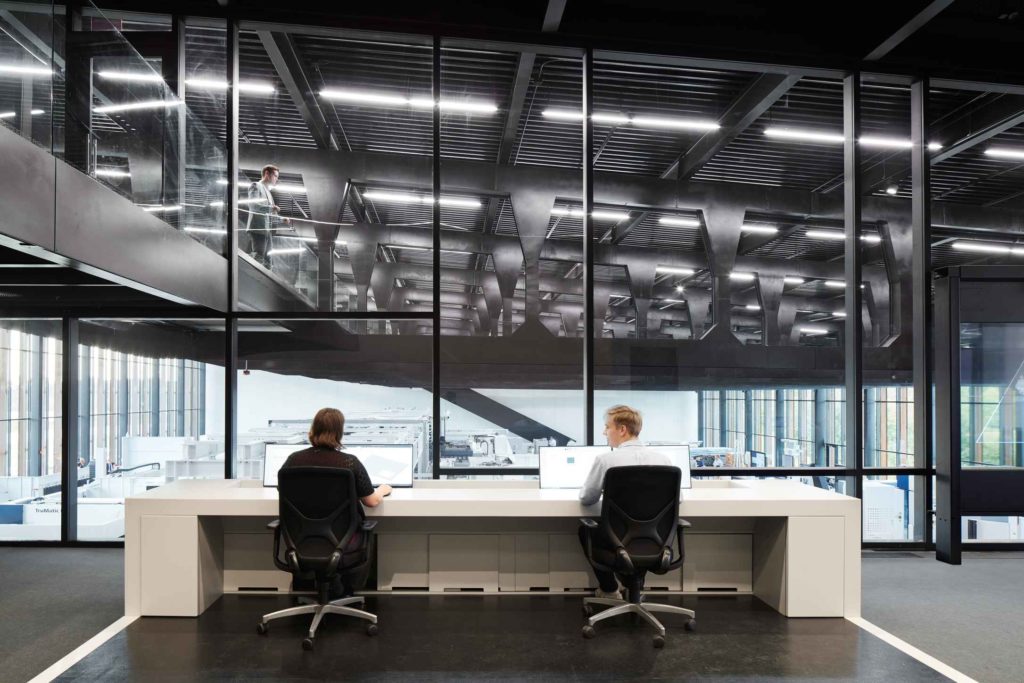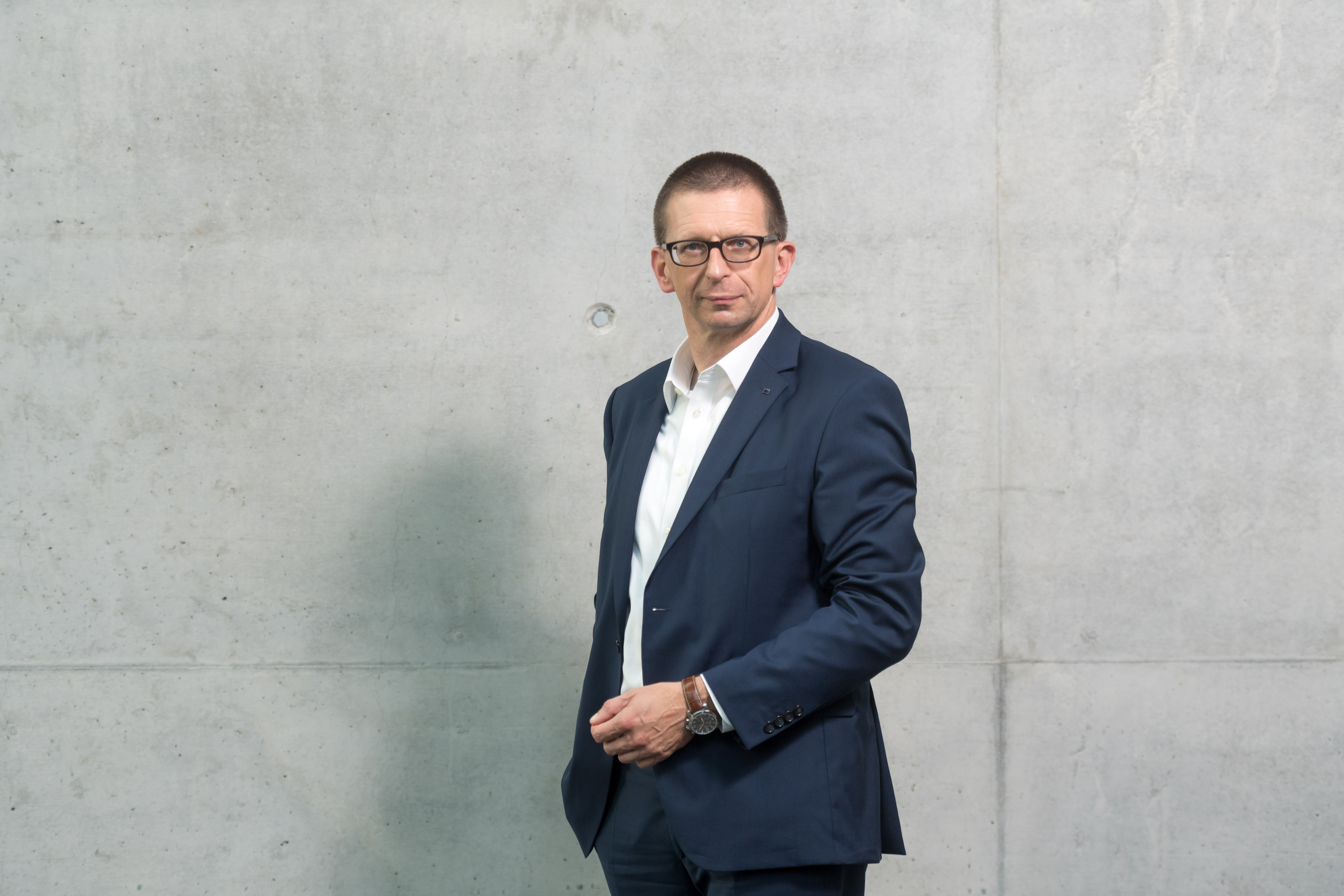Trumpf exceeds its targets for industrial 3D printing, and the best is yet to come…

Since the invention of SLS technology, Trumpf has been one of those pioneers who have invested in additive manufacturing at the right time. Today, with more than 77 companies worldwide and more than 13,400 employees, the German manufacturer has a business division dedicated to additive manufacturing to better manage its development in this rapidly growing market. In an environment where we don’t know yet how far innovation can lead, the additive manufacturing specialist shows that he is aware of his market, and this includes an array of hurdles to overcome such as those raised by industry 4.0.
How can one address this issue? That’s a broad topic but today Thomas Fehn addresses a few points in this “Opinion of the Week“.
First, Trumpf specializes in machine tools, lasers and metal AM systems for industrial manufacturing. “Acknowledged for the quality of its machines and services”, the company is active in almost all sectors of the industry, from software to smart factories. Thomas Fehn, who shares today the company’s experience, is General Manager Additive Manufacturing, responsible for the sales, marketing and finances side of the business.
The company’s biggest challenge so far
For Thomas Fehn, “the biggest challenge is right now. The AM market is still a developing market. We have an industry that is well set down at the prototyping level. Some industries such as the medical or aerospace industries are witnessing a growing development. In addition, while defining the machines and processes they use, customers also evolve with their production. This means that we must not only provide new ideas and systems that best suit their production, but also adapt at all levels the new demands of our customers. We must face the reality that and the market is currently slow at finding new solutions. So, the machine suppliers are mainly driving innovation within the existing technologies.”
Speaking of digitalization in a 3D printing process, Thomas points out that the true question is to know how much digitalization will change industrialization. Indeed, digitization is the common denominator that links all the company’s services.
According to Thomas Fehn, “customers are looking for new business models that will increase their productivity and allow them to quickly plan production. They must know and master various digitization platforms. On the other hand, it should be noted that there is a new generation of machines that integrate operations and to which we must adapt. Beyond industrial operations, there is change at all levels including smartphones and this change aims at facilitating processes.”
The AXOOM platform
To ease their customers’ production, Trumpf has decided to introduce further automation features into the processes.
Thomas Fehn illustrates this point with the AXOOM platform that was implemented two years ago. “This platform connects all production systems on a shop floor to create a completely networked production, a smart factory. The goal is to link machines, software and processes to each other to enable secure data transfer in the cloud-based IoT platform and thereby gain transparency and productivity. It is therefore not mandatory to use Trumpf software on the platform.”

Advantages and disadvantages of digitization in an additive manufacturing process
For Thomas, the biggest advantage is that improvement starts inside the company. “We are changing our internal platforms. In our opinion, we cannot bring or change the world with digitization if we do not change ourselves. That’s why we have to start internally. Furthermore, our customers demands initiate this change in us.
However, people sometimes still feel uncomfortable with the evolution of digitization. Therefore, TRUMPF sensitizes them to move forward. Companies that integrate digitization sell more. It’s the right way to grow up a business.
Outlooks for 2019
The TRUMPF Group achieved a significant increase in sales, orders received, and profits in the 2017/18 fiscal year. Sales rose by 14.6 percent to 3.57 billion euros (fiscal year 2016/17: 3.11 billion euros) – the highest figure in the company’s history until today.
While the company hopes to go even further in 2019, Thomas now sees a mix of solid products and an array of possibilities offered by digitization. That’s a journey the company is very proud of and that it keeps enjoying.
For further information about 3D Printing, follow us on our social networks and subscribe to our newsletter! – All images: courtesy of Trumpf
Featured image via Autodesk. Would you like to be featured in the next issue of our digital magazine? Send us an email at contact@3dadept.com






